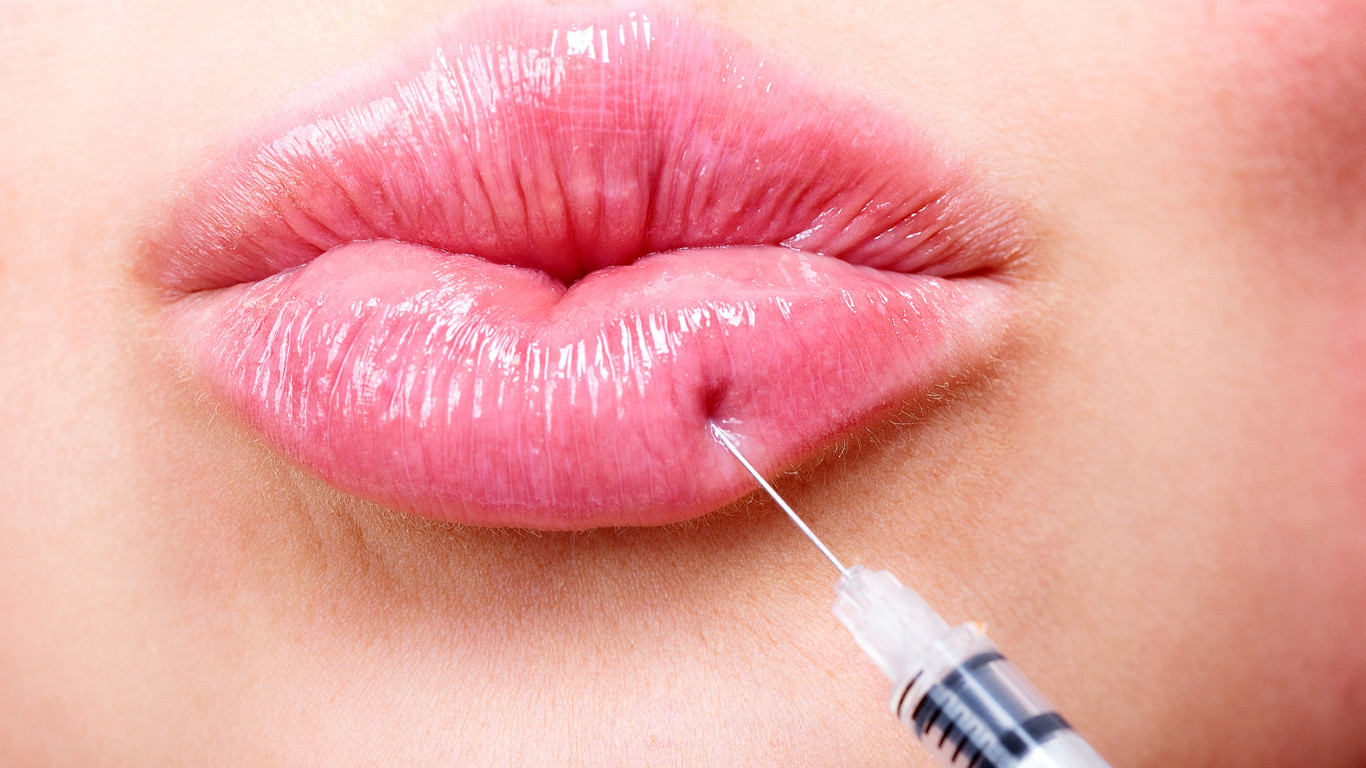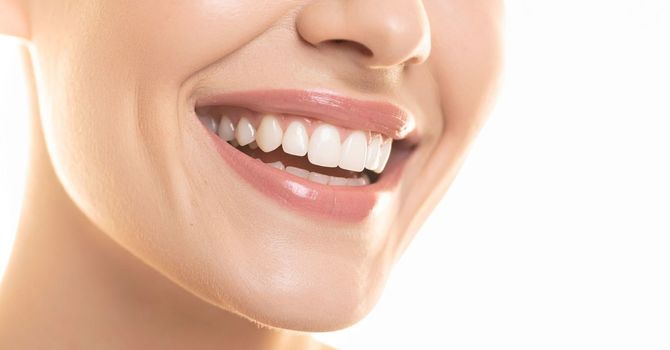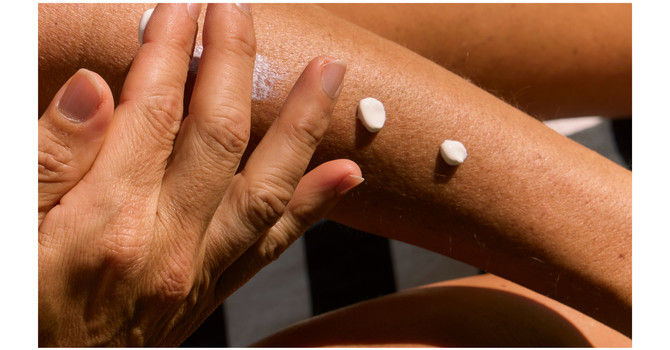
Filler Migration: What is it and What to do?
Dermal fillers have become a popular choice for enhancing facial features, smoothing out wrinkles, and restoring lost volume. When done correctly, the results can be natural and beautiful. However, there's a term that sometimes comes up in conversations about fillers: filler migration. While it might sound alarming, understanding what it is and what to do about it can help you make informed decisions about your cosmetic treatments. Let’s dive into the details.
What Is Filler Migration?
Filler migration occurs when the dermal filler moves from the area where it was originally injected to another part of the face. This can lead to uneven results or lumps, and in some cases, an unnatural appearance. While filler migration is relatively rare, it's something that both patients and practitioners are aware of and take steps to prevent.
Why Does Filler Migration Happen?
Filler migration can happen for several reasons, including:
- Overfilling: Using too much filler in one area can increase the risk of it moving to adjacent areas.
- Incorrect Injection Technique: The expertise of the injector is crucial. If the filler is placed too superficially or in the wrong layer of tissue, it may migrate over time.
- Muscle Movement: Areas with high muscle activity, like around the mouth or eyes, can sometimes cause the filler to shift.
- Gravity and Pressure: External factors like frequent pressure on the face (e.g., sleeping face down) or gravity can contribute to filler migration over time.
How to Prevent Filler Migration
The best way to prevent filler migration is to ensure you’re working with a highly qualified and experienced injector. At PureSKIN & Wellness, our nurse practitioners are skilled in advanced injection techniques, ensuring that your filler is placed precisely where it should be. Here are some additional tips:
- Choose the Right Filler: Different fillers have different consistencies and longevity. Your practitioner will select the one that’s best suited for your specific needs and area of treatment.
- Follow Post-Treatment Care Instructions: After your filler treatment, following your practitioner's aftercare instructions is crucial. Avoiding pressure on the treated area and not engaging in vigorous exercise for a few days can help minimize the risk of migration.
- Listen to your provider: If your provider is suggesting not to get more filler or to dissolve current filler, head their advice. Remember, this is how they are staying business so if they are recommending you not get a treatment this is a green flag about their integrity and you should listen!
What to Do if You Suspect Filler Migration
If you notice lumps, unevenness, or an unnatural appearance after your filler treatment, it’s essential to consult with your practitioner. In many cases, filler migration can be corrected:
- Massage: Sometimes, gentle massaging of the area by your practitioner can help to redistribute the filler more evenly.
- Dissolving the Filler: If the migration is more pronounced, an enzyme called hyaluronidase can be injected to dissolve hyaluronic acid-based fillers. This allows the area to return to its natural state, and you can consider re-treatment after everything has settled.
Final Thoughts
At PureSKIN, our commitment to natural-looking results remains unwavering. While industry trends with filler often lean towards the idea of MORE, MORE, MORE, driven by product manufacturers, we stay focused on what’s truly best for our patients. Regardless of the potential financial gain, we always prioritize recommendations that align with your unique needs and ensure a balanced, natural outcome.
Filler migration, while rare, is something to be aware of if you’re considering or have had dermal fillers. By choosing an experienced injector and following the right post-treatment care, you can minimize the risk and enjoy beautiful, natural results.
If you have any concerns about filler migration or want to learn more about how filler can be done in a natural looking way, feel free to reach out to us at PureSKIN & Wellness. We’re here to help you look and feel your best!
Authored by Meleah Johnston, RN, BSN, NP-C, MSN; guided by expert-backed resources to ensure clarity and value.

Meleah Johnston
Contact Me


.jpg)
